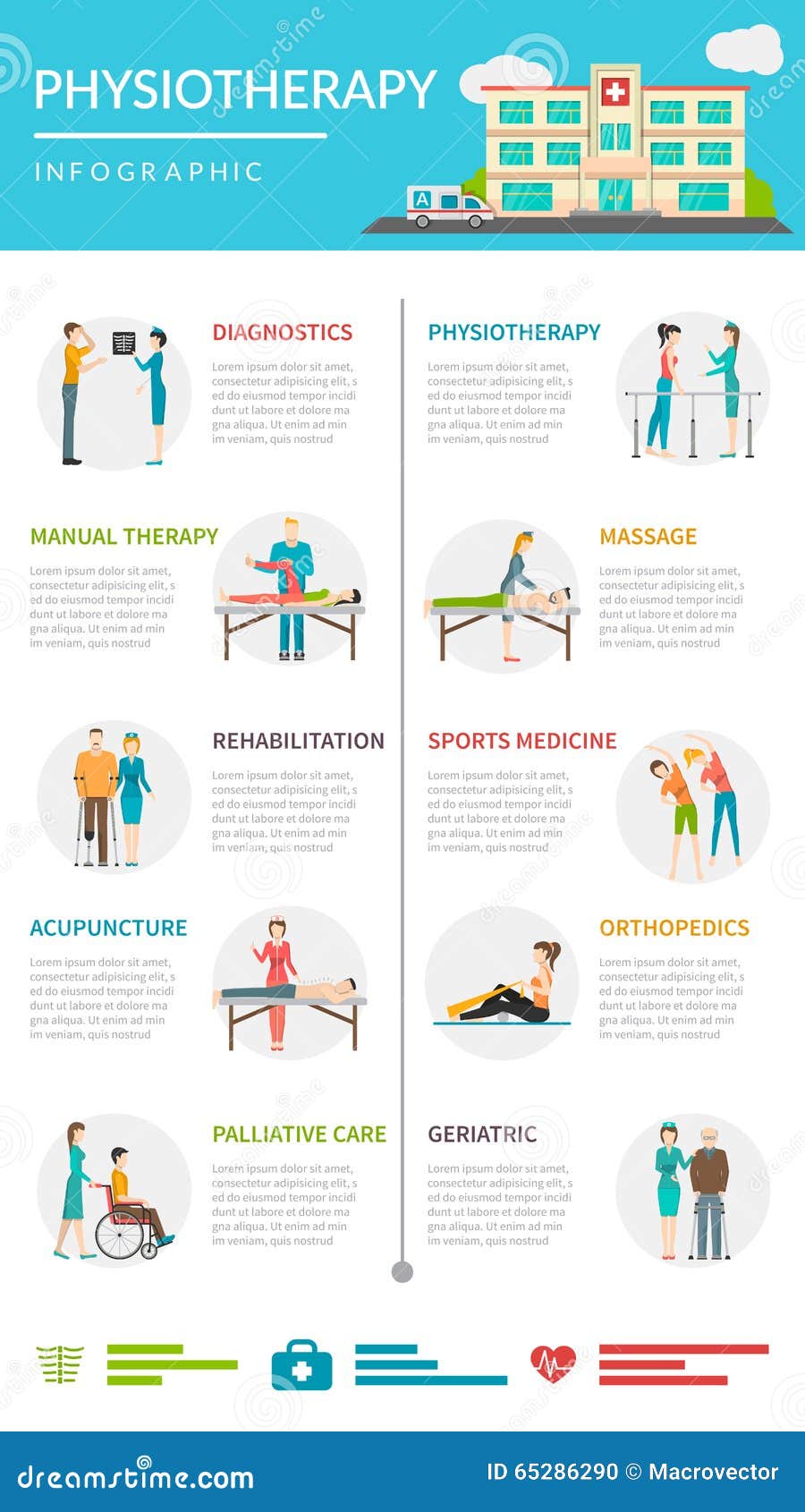The Effect Of Position On Pain In The Back: Guidelines For Maintaining Good Placement Throughout Your Day-To-Day Routine
The Effect Of Position On Pain In The Back: Guidelines For Maintaining Good Placement Throughout Your Day-To-Day Routine
Blog Article
Content Writer-Ibrahim Fraser
Keeping proper pose isn't practically staying up directly; it has to do with aligning your body in a manner that sustains your spinal column and decreases the risk of pain in the back. The method you rest, stand, and move throughout the day can dramatically affect your back health. However exactly how precisely can you make sure excellent positioning constantly, even during hectic days loaded with different activities? Let's delve deeper right into the refined yet impactful changes you can make to your everyday routine to maintain your back happy and healthy and balanced.
Significance of Proper Position
Proper stance is critical in preserving a healthy back and protecting against pain. When you rest or stand with excellent position, your spine is in positioning, lowering pressure on your muscular tissues, tendons, and joints. This positioning allows the body to disperse weight evenly, stopping excessive anxiety on certain areas that can cause pain and discomfort. By keeping your back appropriately aligned, you can also enhance your breathing and food digestion, as slouching can compress organs and restrict their performance.
In addition, preserving excellent pose can enhance your general appearance and positive self-image. When you stand tall with your shoulders back and head held high, you radiate confidence and appear even more friendly. Good position can also make you feel extra stimulated and alert, as it advertises proper blood flow and enables your muscle mass to work effectively.
Incorporating proper pose into your everyday regimen, whether sitting at a desk, walking, or working out, is essential for stopping neck and back pain and advertising total health. Remember, https://chiropractic-doctors-clin40627.blogunok.com/32339011/a-study-debunking-usual-myths-about-chiropractics-physician-will-certainly-challenge-your-beliefs-and-disclose-unexpected-realities-concerning-this-occupation in how you hold on your own can make a significant difference in exactly how you really feel and function throughout the day.
Common Postural Mistakes
When it involves maintaining good posture, many individuals unknowingly make typical mistakes that can add to back pain and pain. Among one of the most common mistakes is slumping over or stooping over while resting or standing. This placement places excessive stress on the spine and can cause muscle inequalities and discomfort over time.
Another usual mistake is overarching the reduced back, which can flatten the natural curve of the spine and trigger pain. Additionally, crossing legs while resting may really feel comfy, yet it can produce an inequality in the hips and hips, causing postural issues.
Using a pillow that's too soft or also solid while sleeping can additionally affect your placement and contribute to neck and back pain. Finally, regularly craning how to deal with lower back pain to look at screens or adjusting your setting frequently can stress the neck and shoulders. Being mindful of these typical postural errors can aid you maintain much better placement and reduce the danger of neck and back pain.
Tips for Correcting Alignment
To boost your alignment and decrease neck and back pain, it's important to concentrate on making small modifications throughout your daily regimen. Beginning by being mindful of your posture. When sitting, ensure your feet are level on the floor, your back is straight, and your shoulders are kicked back. Prevent slouching or leaning to one side. Use ergonomic chairs or paddings to sustain your reduced back.
When standing, distribute your weight uniformly on both feet, keep your knees slightly bent, and embed your hips. Engage your core muscles to support your spinal column. Take lower back hurts to stretch and walk around if you have a less active job. Include exercises that reinforce your core and back muscle mass, such as planks or bridges.
While resting, utilize a pillow that sustains the natural contour of your neck to maintain proper spinal placement. Avoid sleeping on your tummy, as it can strain your neck and back. By bearing in mind these suggestions and making small adjustments, you can gradually remedy your positioning and ease pain in the back.
Final thought
Remember, preserving good posture is crucial to avoid neck and back pain and advertising spine health. By bearing in mind your positioning, distributing weight evenly, and involving your core muscle mass, you can decrease strain on your back and reduce the danger of discomfort and injury. Incorporate ergonomic assistance, take routine breaks to stretch, and strengthen your core and back muscular tissues to keep correct placement throughout the day. Your back will thanks for it!
